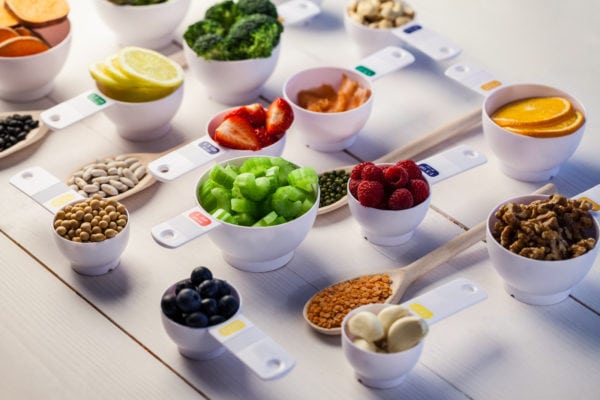Tips for Mastering Portion Control and Healthy Eating


Understanding the Importance of Portion Control
Portion control is a fundamental aspect of maintaining a healthy diet. It involves managing the amount of food you consume to ensure you meet your nutritional needs without overindulging. Adopting effective portion control strategies is key to achieving and sustaining a balanced and mindful approach to eating.
Mindful Eating Practices
Embracing mindful eating is a cornerstone of successful portion control. Pay attention to your body’s hunger and fullness cues, eat slowly, and savor each bite. By tuning into your body’s signals, you become more aware of when you’ve had enough, preventing overeating.
Use Smaller Plates and Bowls
One practical tip for portion control is to use smaller plates and bowls. This visual trick can make your portions appear larger, helping to satisfy your psychological desire for a full plate while still controlling the actual amount of food you consume.
Divide Your Plate Mindfully
When preparing your meals, mentally divide your plate into sections. Allocate a portion for lean protein, another for whole grains, and fill the remaining space with colorful vegetables. This approach ensures a well-balanced meal, providing essential nutrients without excess calories.
Be Mindful of Liquid Calories
Beverages can contribute significantly to your daily calorie intake. Be mindful of sugary drinks and high-calorie beverages. Opt for water, herbal tea, or infused water to stay hydrated without adding unnecessary calories to your diet.
Plan and Prepare Meals in Advance
Planning and preparing meals in advance can help you control portion sizes and make healthier choices. When you have pre-portioned meals ready to go, you’re less likely to succumb to the temptation of oversized portions or unhealthy convenience foods.
Listen to Your Hunger Signals
Tune in to your body’s hunger signals to distinguish between true hunger and emotional cravings. Before reaching for a snack or second serving, assess whether you’re genuinely hungry or if you’re responding to non-physical cues, such as boredom or stress.
Practice Portion Control at Restaurants
Eating out can pose challenges to portion control due to larger restaurant servings. Consider sharing a dish with a dining companion, ordering appetizers as your main course, or immediately boxing up half of your meal to avoid overeating.
Limit Distractions During Meals
Eating while distracted, such as watching TV or working, can lead to mindless overeating. Create a dedicated space and time for meals, free from distractions. This mindful approach allows you to focus on your food and promotes better portion control.
Allow for Occasional Treats
Depriving yourself entirely of your favorite treats can lead to unhealthy cravings and binge eating. Instead, incorporate occasional treats in moderation. This balanced approach ensures you can enjoy the foods you love without derailing your overall health goals.
Regularly Assess Your Portions
As your dietary needs and activity levels may change, it’s essential to regularly assess and adjust your portion sizes accordingly. Stay attuned to your body’s signals and be willing to modify your portions based on your evolving health and fitness goals.
Exploring Further: Tips for Portion Control
For more in-depth insights and additional tips on mastering portion control, explore these valuable resources. Portion control is a lifelong skill that contributes to overall health and well-being. By incorporating these strategies into your daily routine, you can achieve a healthy balance and foster a positive relationship with food.








